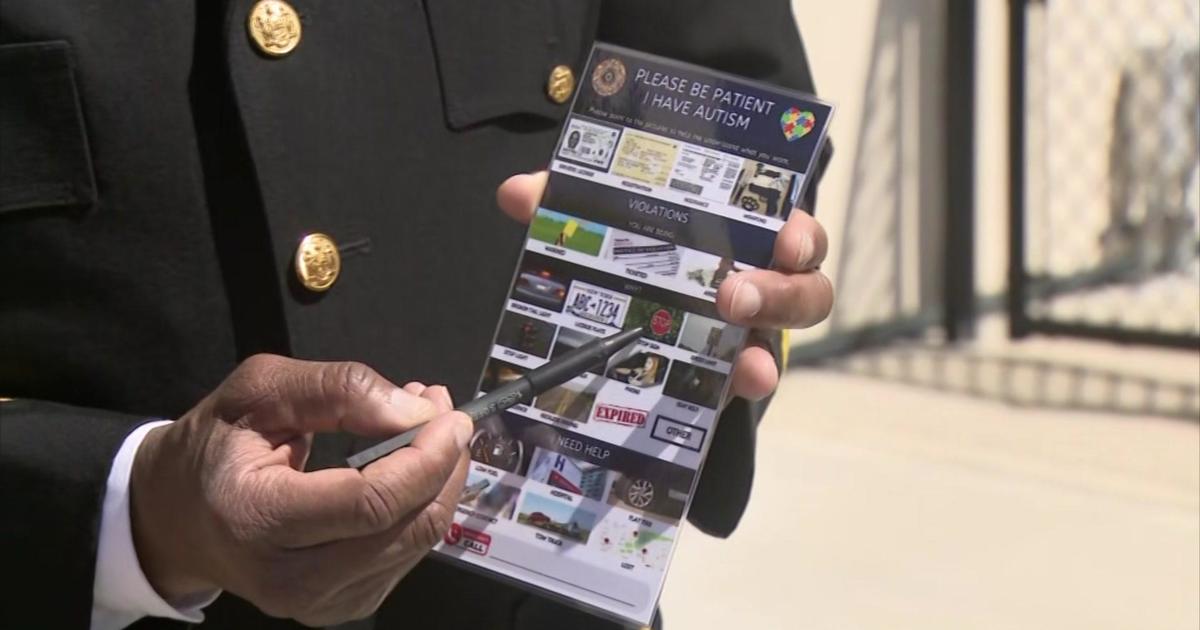CBS2 Exclusive: Paralyzed Man Walks Again With Cutting-Edge Robotic Exoskeleton
PORT JEFFERSON, N.Y. (CBSNewYork) -- It was an incredible sight at a hospital on Long Island Friday, as a young man who was paralyzed in an accident walked again.
As CBS2's Carolyn Gusoff reported exclusively, it is all thanks to cutting-edge robotic technology.
Greg Durso arrived at St. Charles Hospital in Port Jefferson in the wheelchair he has relied on since a sledding accident left him paralyzed from his chest down.
But with the help of a carbon fiber robotic device fitted around his lower body and legs, Durso is now doing what he feared he'd never do again.
"I think the funniest part was I actually felt tall again," Durso said.
He is standing on his own two feet and walking for the first time in seven years.
"I just walked across an entire room," Durso said, "and I never thought I would have said that a month ago."
Durso is part of a clinical trial at St. Charles and hospitals nationwide testing the health benefits of a new exoskeleton called Indego. It is controlled with an app, and with Durso's own breathing and upper body movement.
Robobtic exoskeletons have been around for several years weighing up to 100 pounds. But this one weighs just 26 pounds with no bulky back pack. It was just approved by the Food and Drug Administration.
Doctors say getting the paralyzed body moving is essential to be ready for fast moving technology.
"Overall health -- the density of your bones; your lungs' ability to take big breaths -- all of that is improved if you have the ability to walk and take steps -- even for short distances," said Dr. Jennifer Semel of St. Charles Hospital.
Durso, a 31-year-old banking analyst, said the technology is truly a step in the right direction.
"Being in eye contact and having that feeling that you were standing was pretty surreal," he said. "The next 10, 15 ,20 years, I mean, who knows – I mean, I'll probably be flying in this thing for all I know."
In the meantime, Durso said, "I understand I am in a wheelchair and I am paralyzed, but there's hope for the future."
He also hopes the Indego exoskeleton will soon be affordable for personal use.
"I want to go walk my dog. I wanted to take the garbage out, or you know, just get some fresh air; maybe to walk and feel the wind in your hair walking," Durso said.
Devices like the robotic exoskeleton can cost up to $100,000 and there is no widespread insurance coverage.



